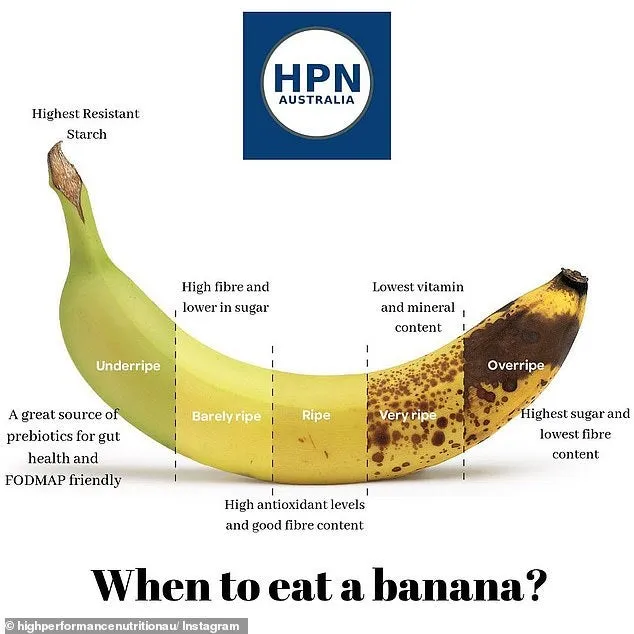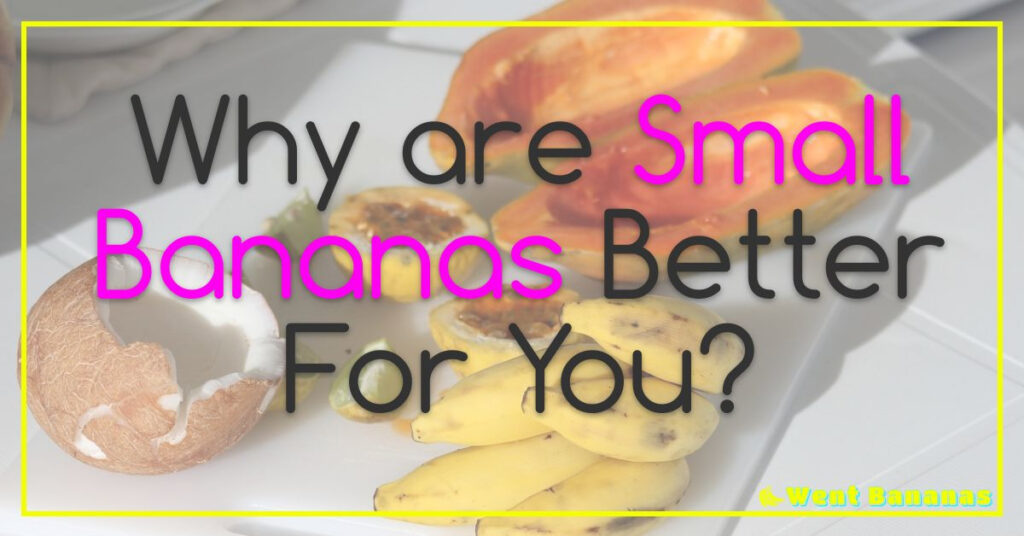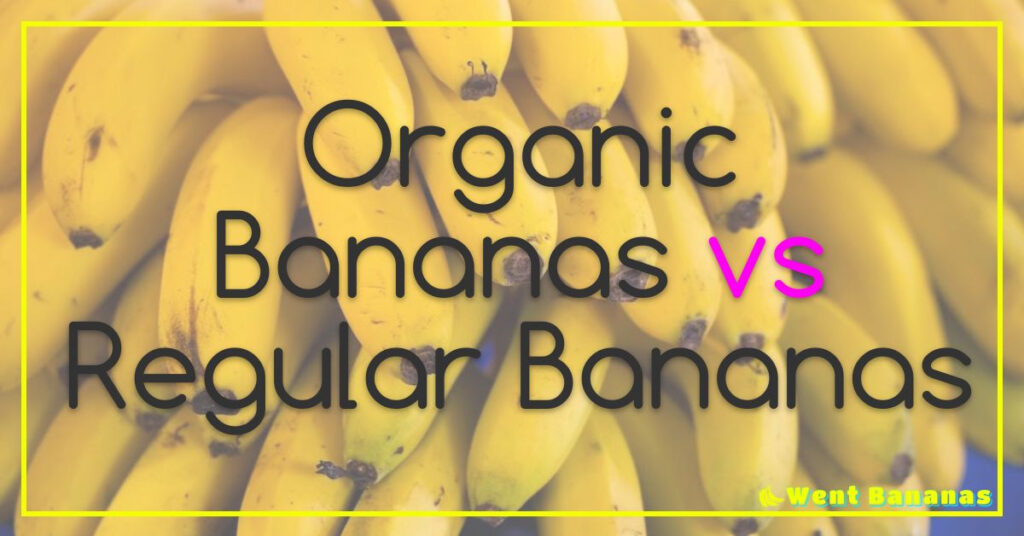A Deeper Dive into the Bountiful Flavor Profile of Bananas
When it comes to fruit, few are as ubiquitous as the banana. Whether used in smoothies, baked goods, or simply peeled and eaten on their own, bananas are a staple of many people’s diets. But have you ever stopped to consider how a banana tastes?

In this article, we’ll explore the taste of bananas from all angles. We’ll start with an introduction to bananas themselves, before diving into the specifics of their flavor profile – sweet, creamy, and rich. We’ll also discuss how the taste of bananas can vary based on ripeness and other factors like where they are grown and how they are farmed.
Finally, we’ll round things out by offering tips and recipe ideas for getting the most out of the taste of bananas. This article is perfect for anyone looking to learn more about this popular fruit and the many ways it can be enjoyed. So keep reading to discover all there is to know about how a banana tastes.
An Introduction to Bananas

Bananas are a fascinating fruit that have been cultivated for over 7,000 years. They are one of the most widely consumed fruits in the world, and for good reason – bananas are not only delicious, but also incredibly nutritious.
The scientific name for bananas is Musa acuminata. They belong to the family Musaceae and are native to Southeast Asia. Today, bananas are grown in tropical regions all around the world.
Bananas come in different varieties, with some being sweeter or larger than others. The most common variety is the Cavendish banana, which is what you’ll find at your local grocery store. Other varieties include plantains (which are often used in cooking), red bananas (which have a reddish skin and a sweeter flavor), and baby bananas (which are much smaller than regular bananas).
Bananas offer many health benefits due to their high nutrient content. They contain fiber, vitamin C, potassium, vitamin B6, and other essential vitamins and minerals that support overall health.
In addition to being eaten on their own as a snack or added to smoothies or baked goods, bananas can also be used as a natural sweetener in recipes due to their naturally sweet flavor.
Overall, learning about bananas can help you appreciate this amazing fruit even more!
The taste of bananas is sweet and creamy.
Bananas, with their unmistakable shape and vibrant yellow color, are a beloved fruit worldwide. But what makes them so special? The answer lies in their taste – sweet and creamy, with a texture that’s both firm and soft.
At the heart of this flavor profile is the banana’s unique composition. It contains natural sugars like fructose, glucose, and sucrose that give it its sweetness. Meanwhile, its smooth texture comes from its high starch content which breaks down into sugar as the banana ripens.
But there’s more to bananas than just their taste. They’re also packed with essential nutrients like potassium and vitamin C which contribute to a healthy diet. In fact, some studies suggest that eating bananas regularly can help reduce the risk of certain chronic diseases.
So if you’re looking for a delicious and nutritious snack, look no further than the humble banana! Its sweet and creamy taste is sure to satisfy your cravings while providing your body with important nutrients it needs to thrive.
Variations in taste are based on ripeness.

Did you know that the taste of a banana can vary greatly depending on its ripeness? Bananas are unique in that they continue to ripen even after being picked, which can affect their flavor profile.
When a banana is unripe and still green, it tends to be more starchy and less sweet. As it ripens and turns yellow, the starches start to break down into sugars, resulting in a sweeter taste. However, if left too long and allowed to become overripe with brown spots on the peel, the banana may become mushy and overly sweet.
Interestingly enough, some people actually prefer their bananas on either end of the ripeness spectrum. Those who enjoy firmer fruit may opt for a slightly underripe banana with hints of green still visible on the peel. On the other hand, those who enjoy an extra-sweet treat may choose an overripe banana with lots of brown spots.
It’s important to note that while taste preferences vary from person to person, there are also health benefits associated with different levels of banana ripeness. For example, unripe bananas contain more resistant starch which has been linked to improved gut health and reduced risk of chronic diseases like diabetes.
So next time you reach for a banana at your local grocery store or farmer’s market, consider how its level of ripeness might affect both its flavor and nutritional value!
Factors that affect the taste of bananas, including region and growing practices.
Bananas are a beloved fruit enjoyed by millions around the world, but did you know that where they are grown and how they are cultivated can greatly affect their taste?

The region in which bananas are grown can have a significant impact on their flavor. For example, bananas grown in the tropics tend to be sweeter due to the warm climate and ample sunlight. In contrast, bananas grown in cooler regions may have a milder taste due to lower temperatures affecting their sugar content.
Growing practices also play a role in the taste of bananas. Factors such as soil quality, irrigation methods, and fertilization techniques can all influence the final product. Bananas that are allowed to ripen naturally on the plant tend to have more complex flavors compared to those artificially ripened through chemical treatments.
In addition, different varieties of bananas can offer unique tastes and textures. The Cavendish banana is one of the most popular types worldwide due its consistent flavor profile and availability year-round. However, lesser-known varieties such as Red Dacca or Lady Finger may offer more nuanced or even tropical flavors.
Whether you prefer your bananas sweet or mild, understanding these factors offers insight into why certain fruits may taste different from others. So next time you bite into this yellow treat, take note of where it was grown and how it was cultivated – it just might enhance your appreciation for this delicious fruit!
Ways to enjoy the taste of bananas, including recipes and pairing ideas.
Bananas are a versatile and delicious fruit that can be enjoyed in many ways. From sweet to savory, there’s no shortage of options when it comes to enjoying the taste of bananas.
For those with a sweet tooth, banana bread is a classic recipe that never goes out of style. The soft and moist bread is perfect for breakfast or as a snack, and can be customized with nuts or chocolate chips for an extra indulgent treat. For something lighter, try blending frozen bananas into a smoothie with your favorite fruits and milk or yogurt.
But bananas aren’t just for dessert – they can also add depth and flavor to savory dishes. Sauté sliced bananas in butter until caramelized, then add to grilled cheese sandwiches or top off pancakes for a unique twist on traditional toppings. For something more substantial, try grilling banana halves alongside meat or fish for an unexpected burst of sweetness.
When it comes to pairing bananas with other foods, the possibilities are endless. Try pairing them with peanut butter on toast for a classic combination, or slice them over oatmeal or yogurt bowls for added texture and sweetness. For something more adventurous, pair grilled bananas with spicy foods like jerk chicken or curry dishes.
No matter how you choose to enjoy them, there’s no denying the deliciousness of ripe and juicy bananas. So next time you’re looking for new ways to enjoy this versatile fruit – whether in sweet treats or savory dishes – don’t hesitate to get creative!
Check out our other articles to find out even more about banana.

The taste of bananas can vary widely, from sweet to creamy and even slightly sour depending on the ripeness and region in which it grows. By exploring some common varieties and learning about factors that affect banana flavor, you already have a good starting point for appreciating this delicious fruit! If you want to learn more about the unique flavors of bananas and how we can enjoy them daily, check out our other articles to find out even more.










